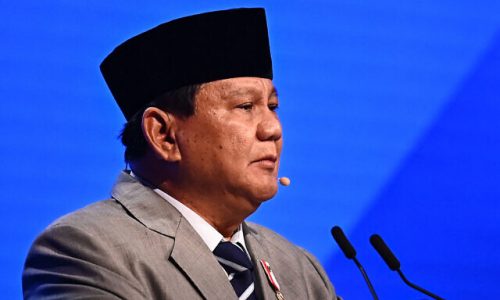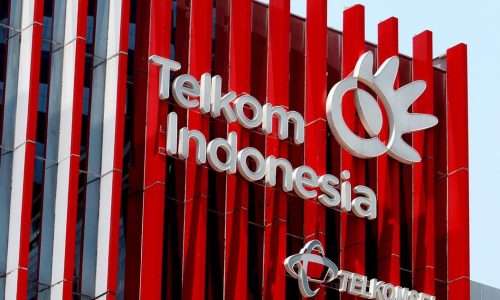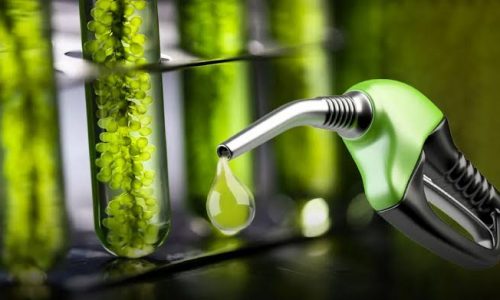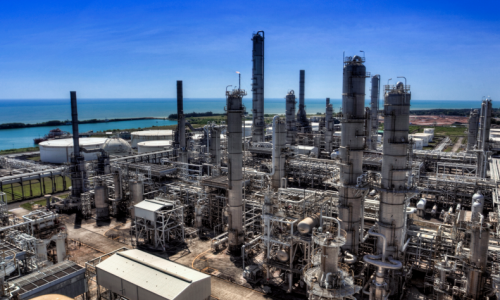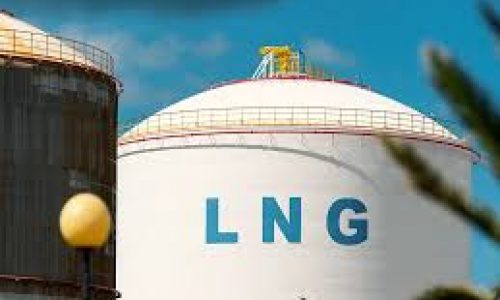Bangka-Belitung Islands province’s fame as a mining source of silica or quartz sand and rare earth minerals, has attracted a Chinese company to invest US$ 3 billion.
Acting Governor of Bangka Belitung Islands and the Ministry of Energy and Mineral Resources’ Director General of Minerals and Coal, Ridwan Djamaludin, said Chinese solar panel producer Xinyi Solar Energy Holding Co., Ltd., has shown its interest in the silica sand mining in the province.
“The investment plan is US$ 3 billion but there is no written proposal yet,” he said on January 31, 2023. “We can perceive it [the interest] as one of Indonesia’s contribution for energy transition.”
Foreign and domestic firms’ interest
Bangka Belitung Islands has been famous for its tin mining industry with the biggest tin concession area of 512,369 hectares owned by state owned mining company PT Timah Tbk.
JP Morgan Asia Pacific Equity Research states that Xinyi is the largest solar cover glass producer in the world and has a 30% market share.
According to Djamaludin, the company management has visited the mining site twice and met with the provincial administration officials.
“We cannot be left behind by their infrastructure development in other countries, such as Malaysia. They said they could build the infrastructure and in 18 months their products will be released to the market,” he said. He added that in Indonesia, the process for the Environmental Impact Analysis (Amdal) would take more than 18 months.
Beside Xinyi, Djamaludin said there were also several national companies who showed their interests to invest in silica sand mining.
Based on the energy ministry’s data, Indonesia has 25 billion tons of silica sand reserves. Meanwhile, the country also has ready-for-process silica sand of 331 million tons.
Rare earth minerals
Djamaludin said the provincial administration has managed the process of collecting data on rare earth minerals in the area. Currently, there is no rare earth industry in the province right now.
Julian Ambassadur Shiddiq, the energy ministry’s Head of Mineral and Coal Testing Center, said his office has been mapping the rare earth potential in Bangka Belitung Islands along with geological agency. The research took place in three areas in the province, namely: Keposang, Airbara and also in the tailing of Timah.
“We are studying the resource of rare earth minerals due to the economy feasibility. That is something that we need to study further in correlation with rare earth metal in Bangka-Belitung Islands,” he explained.
Challenges in silica sand mining
There are several risks related to the silica sand mining industry, which include:
- Environmental hazards: Silica sand mining can lead to soil erosion, loss of vegetation and wildlife, and the contamination of surface and ground water.
- Health risks: Miners who inhale silica dust can suffer from serious respiratory illnesses, including silicosis.
- Land use conflicts: Silica sand mining often result in land use conflicts between mining companies and local communities, particularly in areas where there is limited land available for development.
- Market volatility: The demand for silica sand can be affected by economic conditions and fluctuations in the construction industry, which can result in price volatility and instability for mining companies.
- Regulation and litigation: The silica sand mining industry is subject to a number of regulations, which can increase costs and create obstacles for mining companies. Additionally, disputes over mining rights and environmental damage can result in costly litigation.



